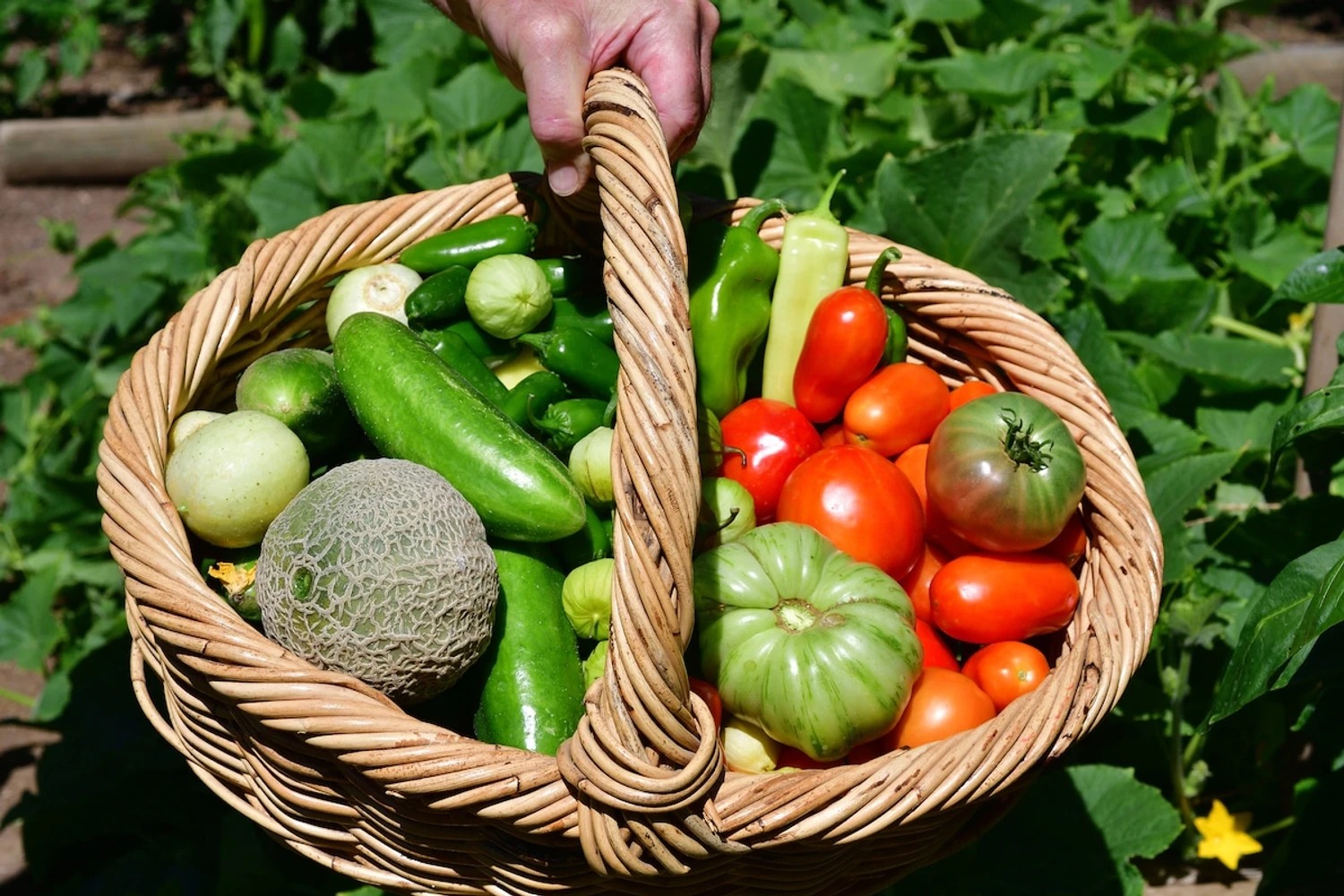News
Home Gardening in the Maldives
11 September 2025

Home Gardening in the Maldives
Home gardening or backyard cultivation is an important part of agriculture in the Maldives. It is a beneficial practice that many Maldivians have been engaged in for generations. People grow vegetables and fruits in their yards for income generation and family needs. Recently, due to the increasing use of land for social, industrial activities, and housing construction, the availability of land for agriculture has been decreasing. Additionally, the prices of food and other items are rising day by day. Therefore, in such times, it is very important to do everything possible to reduce expenses. In this regard, planting useful, edible plants in the empty space in the yard is a very beneficial step towards reducing family expenses and improving health.
Some important benefits of planting in the yard:
- Fresh vegetables and fruits are readily available for the family.
- Improved family health due to the consumption of nutritious food.
- Reduced family expenses.
- Assurance of using chemical-free food.
- Growing fruits like mango, jamun, and betel can become a significant source of income.
- Large trees in the yard reduce damage from dust and provide shade.
- People of all ages become interested and familiar with gardening.
How to grow plants in the empty space in the yard?
If the yard space is large, vegetables and fruit trees can be planted according to the available area. Fruit trees like mango, jamun, jaburol, feyru, papaya, and vegetables like chili, eggplant, tomato, cucumber, and cabbage can be planted. Vegetables can be grown in raised beds, holes, or pots. If the yard space is small, vegetables can also be grown in pots.
Those interested in yard gardening should design their plots to allow more space for planting when constructing buildings. If there's limited space for vegetables in an old yard with large fruit trees, prune the old branches of large trees to create more sunlit areas for vegetable cultivation. If good quality soil is not available for potting, coconut husk can be used with Albert solution or a fertigation system to easily grow some vegetables. Or, lettuce, tomato, and cucumber can be grown in a hydroponic pipe system. It's very important to have an easy watering system for yard plants.
There isn't much difference in preparing planting holes, beds, and pots, or in applying fertilizer when gardening in the yard. However, it's best to use organic fertilizers like compost and biopesticides for pest control in yard gardening. Using chemical pesticides and fertilizers in areas where people and children live is not very safe. If such chemicals must be used, it should only be when there's no other way to improve the plant and with consideration to prevent human exposure to the effects.
Some points to consider when growing large trees:
When planting trees like mango, jamun, jaburol, and pomegranate in the yard, using grafted plants or air-layered branches from mature trees will result in earlier fruiting and smaller trees. Smaller trees allow for planting more fruit trees in the yard. They are also easier to harvest and maintain, and provide more sunlight for vegetable plants. If an existing vegetable or fruit tree in the yard becomes old and large, pruning it, removing old branches, an removing old branches, and providing nutrients will encourage new growth and improve the tree's vigor.
Here are some plants that can be grown in different yard environments:
Plants that grow in moist, cool, low-lying areas:Taro, banana, spinach, Malabar spinach, bilimbi, jamun, mango, black nightshade
Plants that grow in shaded areas under large trees:Spinach, Malabar spinach, betel, sweet potato, kankun, some types of ornamental plants
Plants that need more sunlight:Eggplant, chili, tomato, cabbage, leeks, passion fruit, snake gourd, etc.
Some steps to prevent plant diseases:
- Crop rotation (growing different plant families in the same plot in different seasons)
- Intercropping (planting different plant families together)
- Sterilizing or heat-treating soil and cow dung used for potting and seedlings
- Cutting and burning severely diseased branches
- Using insect repellents like neem oil to reduce pest infestations
- Spraying pesticides early when pests or diseases are in their initial stages
- Mulching plants
- Regular fertilization and maintenance of plants